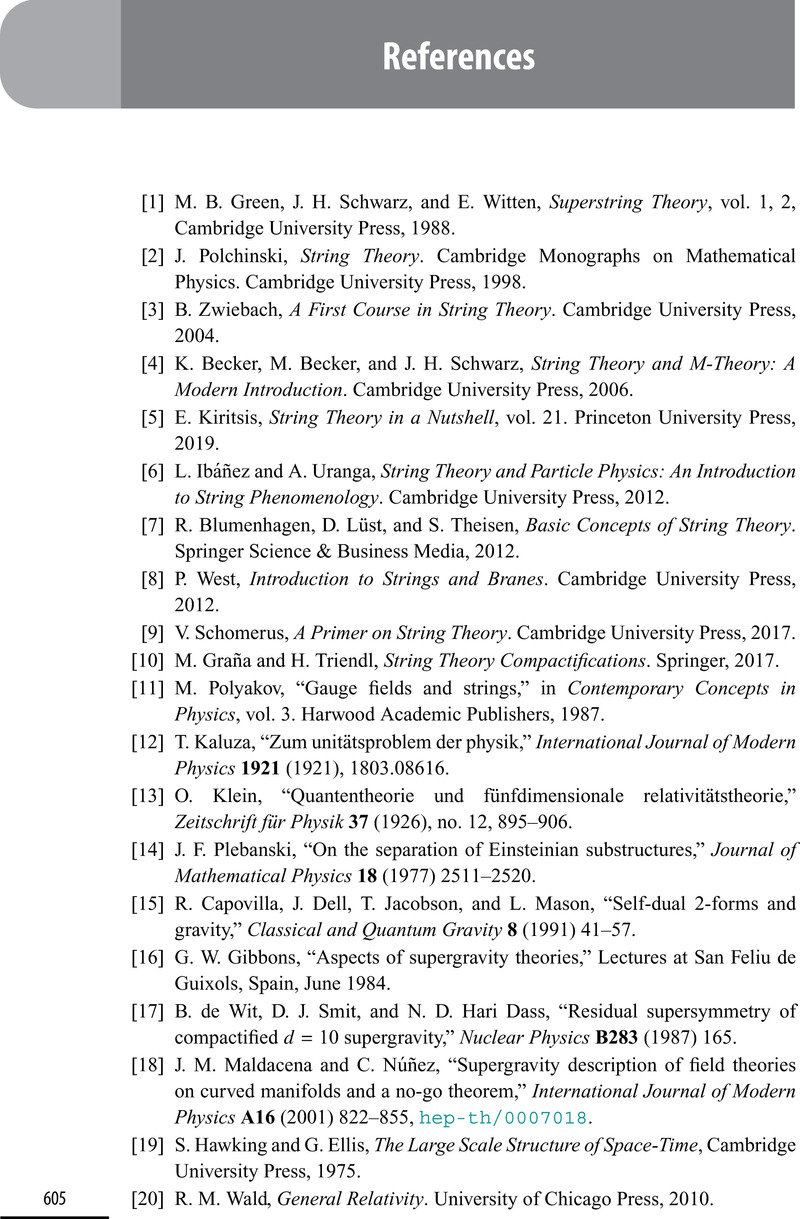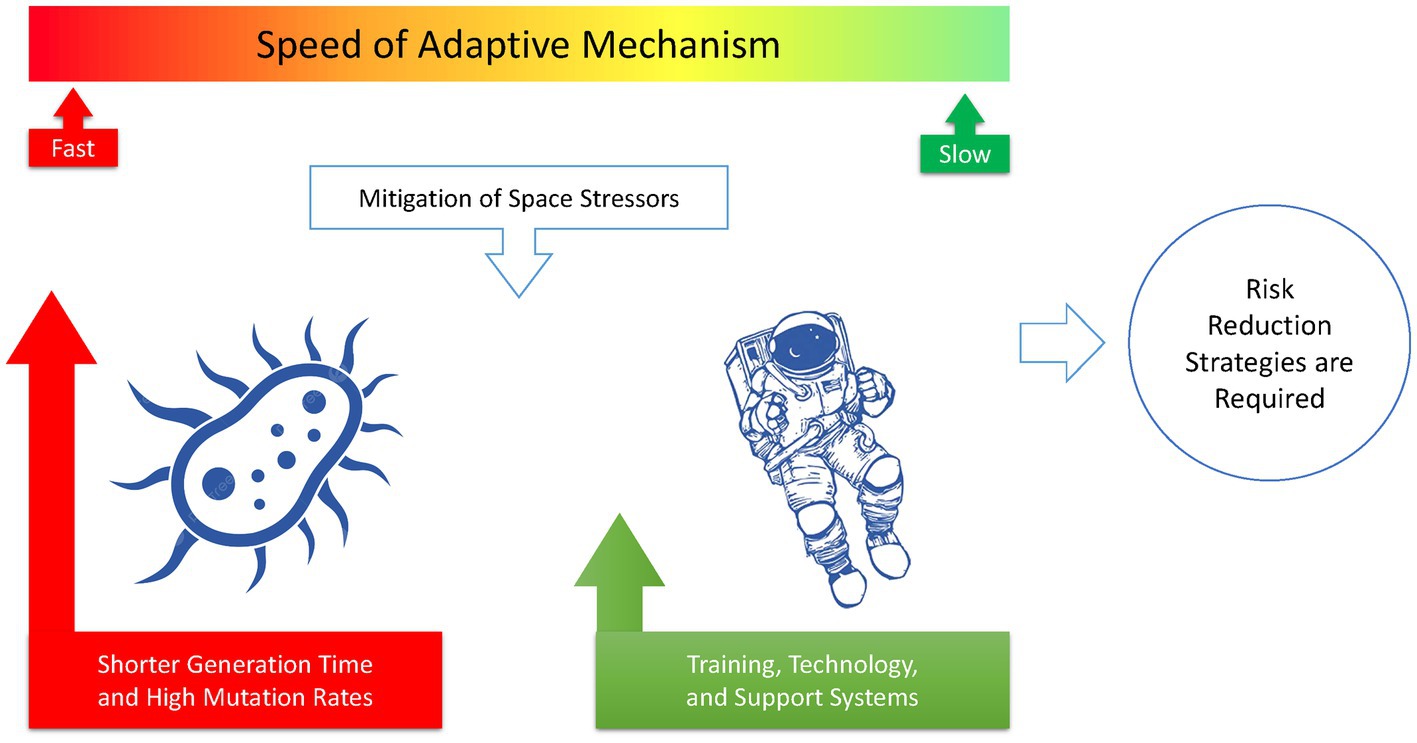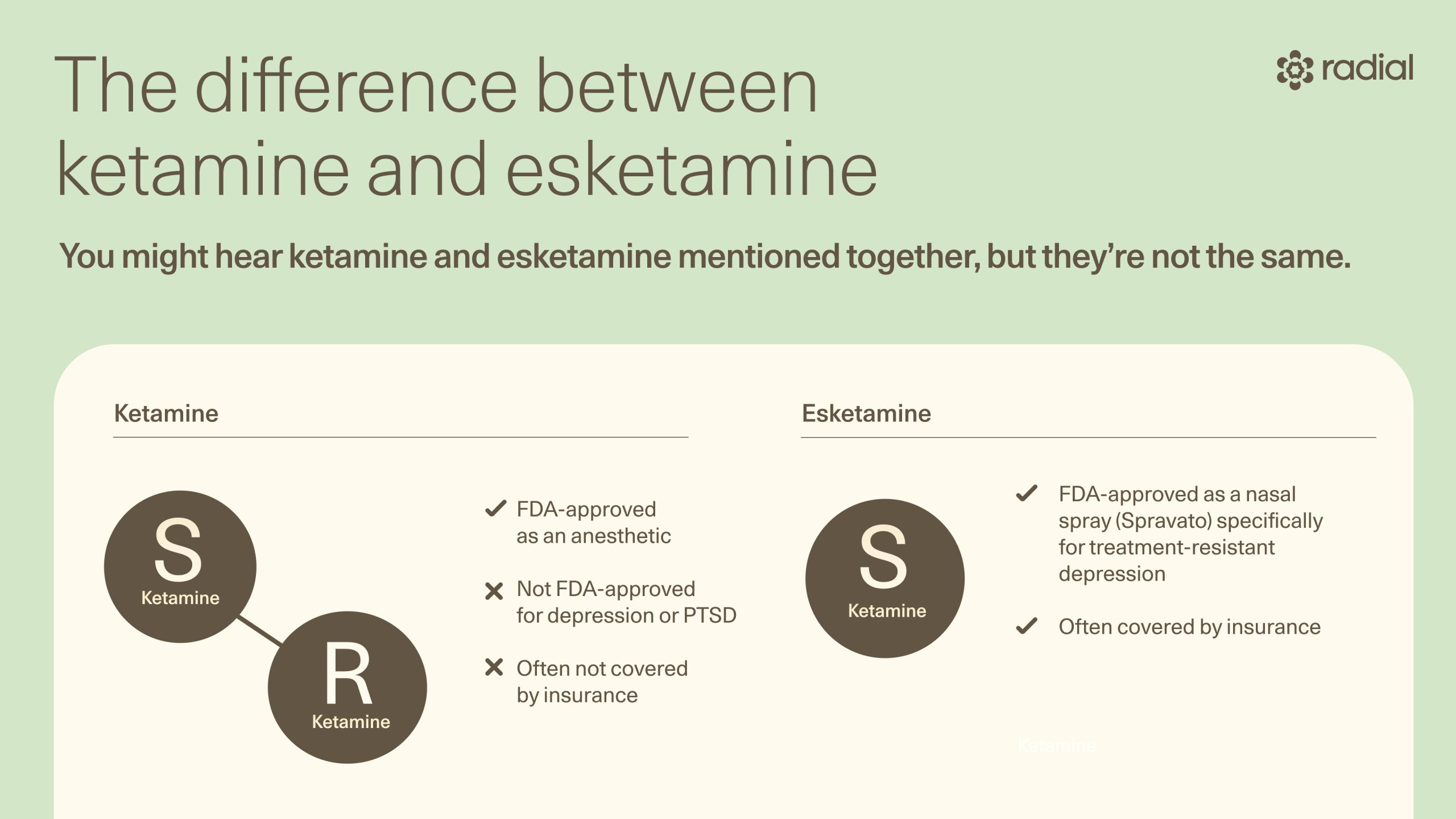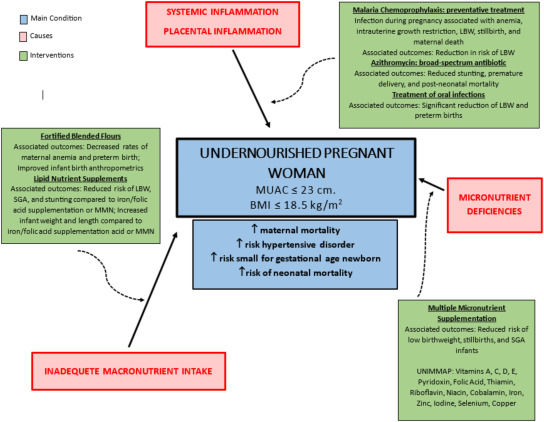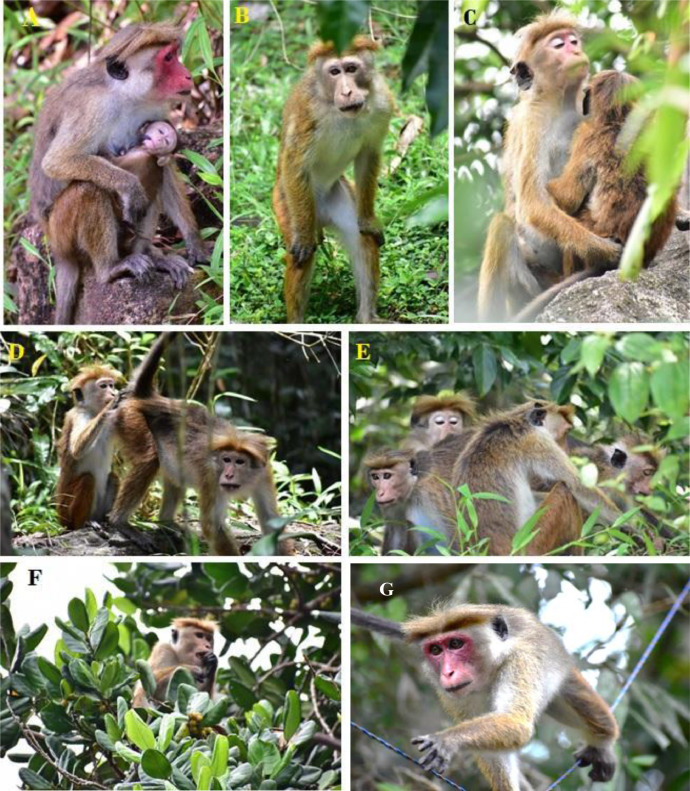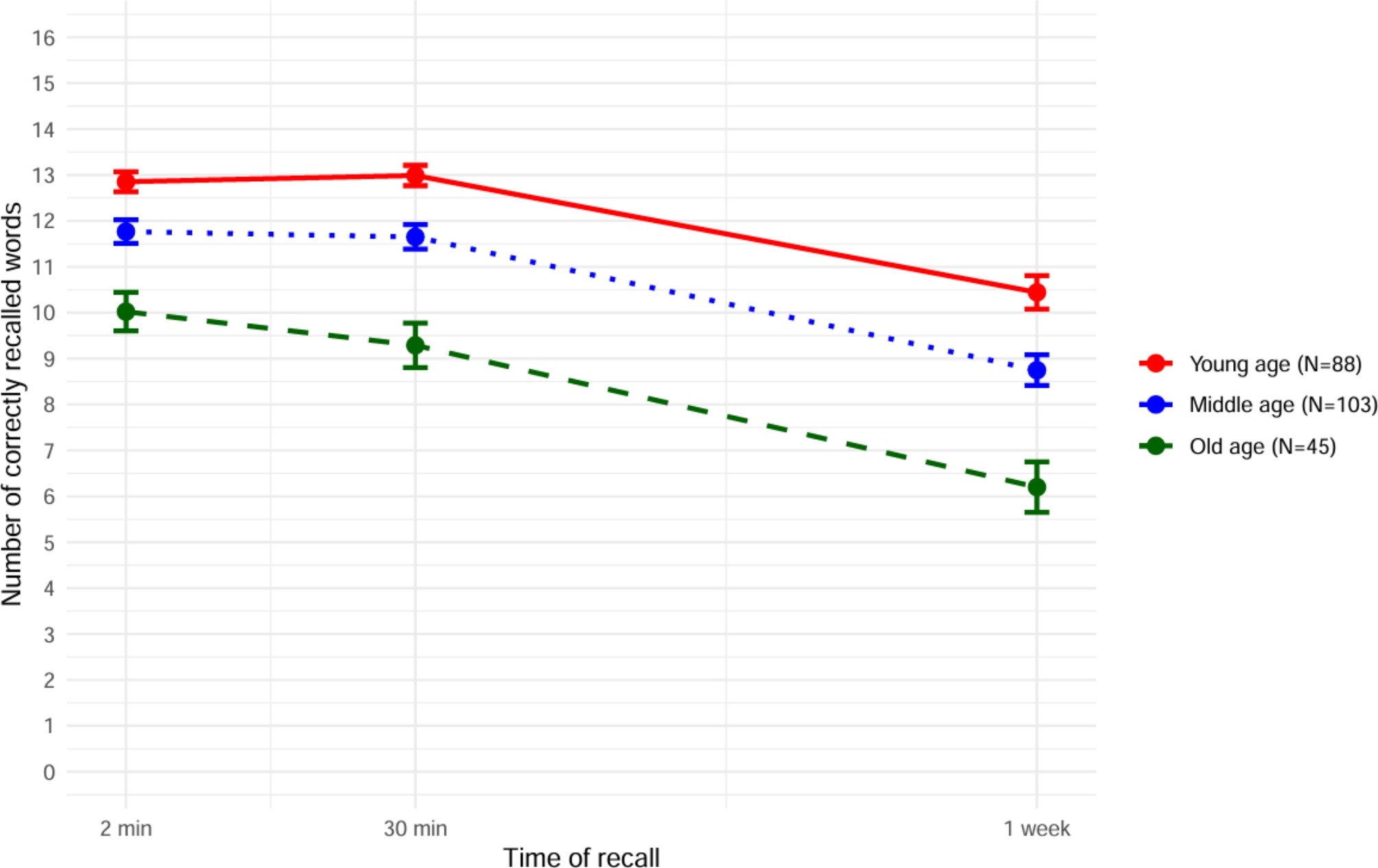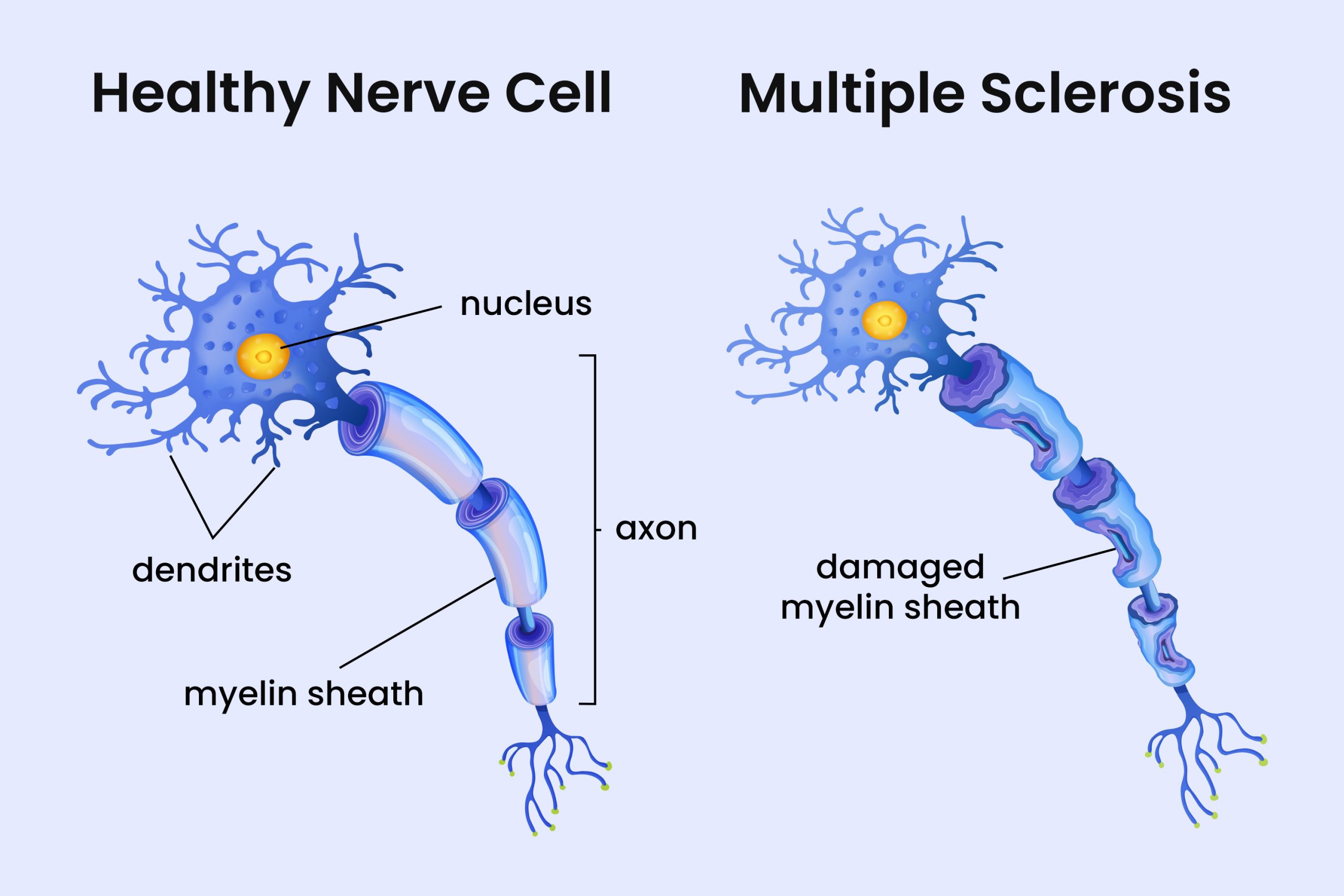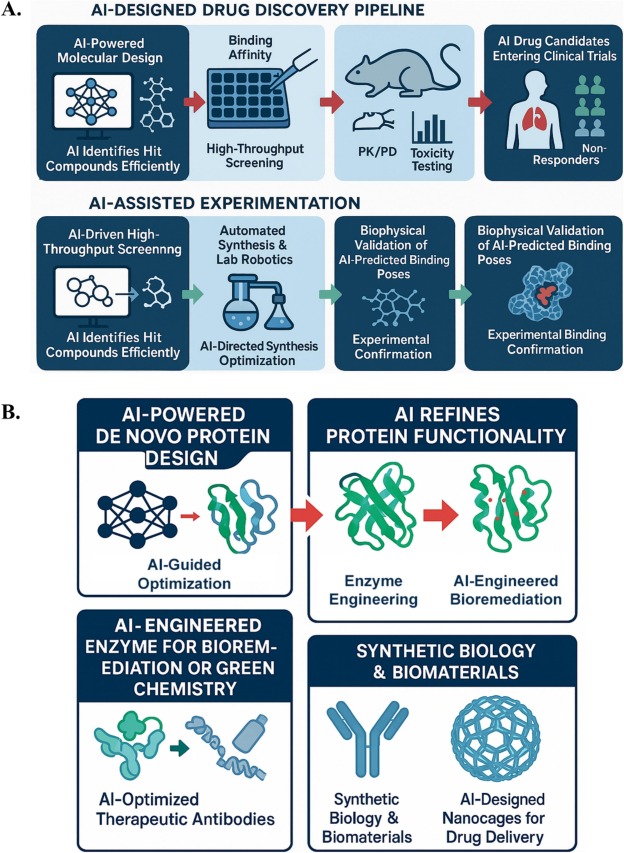UN officials have expressed approval of Syria’s renewed pledge to eradicate the nation’s chemical weapons program that was established under the prior administration. Adedeji Ebo, the official responsible for the UN’s Office for Disarmament Affairs, informed the Security Council earlier this month that “the dedication of the new Syrian government to fully and transparently collaborate […]
Read More
